According to the Scotch Whisky Association, India is the fifth-largest market for Scotch whisky, importing 219 million bottles in 2021. Where did it originate, and how many types of whisky are there?
Whisky Distillary, Scotland (File Image)
The India-UK Free Trade Agreement (FTA) will lead to a reduction in the price of Scotch whisky, as the tariff would be lowered from 150% to 75% now and 40% over ten years. According to the Scotch Whisky Association, India is the fifth-largest market for Scotch whisky, importing 219 million bottles in 2021. Although India charges 150% duty, its import of this prestigious drink has increased by 200% over the past decade. So, the moot questions are: What is Scotch whisky? How and where did it originate? How did it become a favourite drink for millions of Indians?
Where did it originate?
The word 'whisky' originated from the Scottish Gaelic 'uisge-beatha' or the Scottish word 'whiskie' or 'whusk.' The first written record of whisky was found in the Exchequer Rolls of Scotland of 1494. It was written, "To Friar John Cor, by order of the King, to make aqua vitae, VIII bolls of malt." It means 'eight bolls' of malt were given to Friar John last year to make 'aqua vitae' or 'water of life'. The term 'aqua vitae' was used for 'malted spirit.'

Historical reference to whisky
Aqua vitae was used to moisten the slurry of saltpetre, charcoal, and sulfur in the process of making gunpowder. Besides, history books also suggest that aqua vitae was the favourite drink of James IV, who was the King of Scotland from June 1, 1488, until his death at the Battle of Flodden on September 9, 1513.
What is whisky?
According to the Scotch Whisky Regulations 2009, whisky is the drink that is produced at a distillery in Scotland from water and malted barley, to which only whole grains of other cereals may be added. All of these things should be processed at that distillery into a mash. It must be converted at that distillery to a fermentable substrate only by endogenous enzyme systems. It must be fermented at that distillery only by adding yeast.
Types of whisky
There are two basic types of whisky—single malt Scotch whisky and single grain Scotch whisky.
A single malt Scotch whisky must be distilled at a single distillery as a batch process using a pot still distillation process and made from a mash of 100% malted barley. It must be matured in oak casks in Scotland for at least three years, though most of the single malt whiskies are older.

Single grain Scotch whisky is different in the sense that, though it is distilled at a single distillery, whole grains of other malted or unmalted cereals are added to water and malted barley. It is distilled continuously in continuous stills or column stills.
However, about 90% of the bottles of Scotch sold per year are blended whiskies. There are three types of blended whisky. Blended malt Scotch whisky is made by blending two or more single malt Scotch whiskies from different distilleries. Blended grain Scotch whisky is produced by blending two or more single grain whiskies. Blended Scotch whisky is made by blending one or more single malt Scotch whiskies with one or more single grain Scotch whiskies.
Find your daily dose of All
Latest News including
Sports News,
Entertainment News,
Lifestyle News, explainers & more. Stay updated, Stay informed-
Follow DNA on WhatsApp. Meet IPS officer, DU grad, who cracked UPSC exam in her third attempt, secured 992 out of 2025 marks with AIR..., now married to IAS...
Meet IPS officer, DU grad, who cracked UPSC exam in her third attempt, secured 992 out of 2025 marks with AIR..., now married to IAS...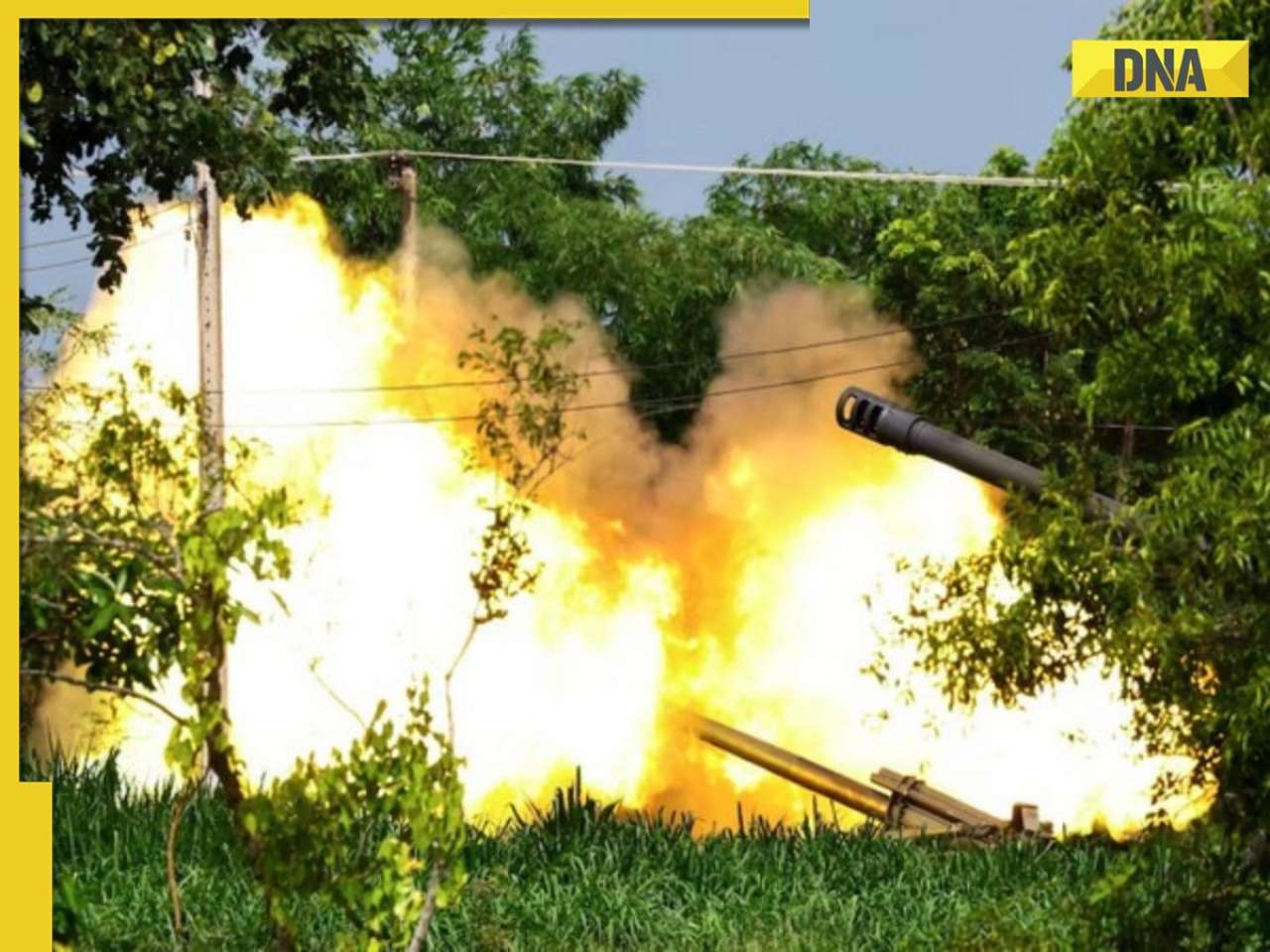 What is RM 70 Vampire MLRS? Used by Cambodia against Thailand, capable of firing 40 rockets in 20 secs, it is developed by...
What is RM 70 Vampire MLRS? Used by Cambodia against Thailand, capable of firing 40 rockets in 20 secs, it is developed by...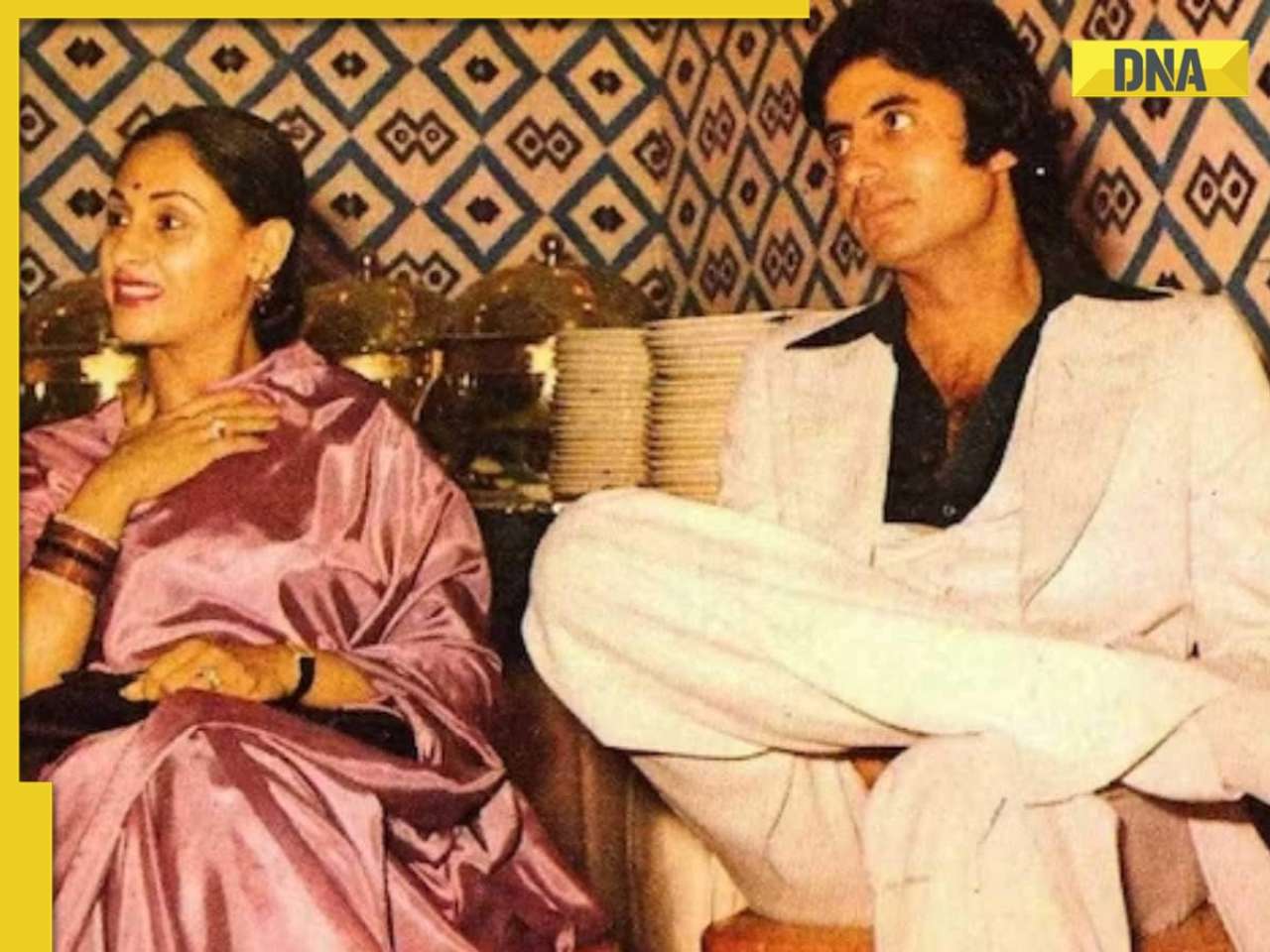 'Amitabh Bachchan was sitting jobless at home after 11 flops...': Javed Akhtar reminisces about pitching Zanjeer to Big B, says 'Jaya Bachchan never...'
'Amitabh Bachchan was sitting jobless at home after 11 flops...': Javed Akhtar reminisces about pitching Zanjeer to Big B, says 'Jaya Bachchan never...' Good news for Railway passengers! Indian Railways rolls out new ticket booking rules for...
Good news for Railway passengers! Indian Railways rolls out new ticket booking rules for... BIG Update on Noida's Jewar International Airport Expansion: 4600 families, 7 schools affected as government to acquire...
BIG Update on Noida's Jewar International Airport Expansion: 4600 families, 7 schools affected as government to acquire... Other than heart attacks or BP : 7 hidden heart conditions triggered by oily foods
Other than heart attacks or BP : 7 hidden heart conditions triggered by oily foods 7 most captivating space images captured by NASA you need to see
7 most captivating space images captured by NASA you need to see AI-remagined famous Bollywood father-son duos will leave you in splits
AI-remagined famous Bollywood father-son duos will leave you in splits 7 superfoods that boost hair growth naturally
7 superfoods that boost hair growth naturally Confused between Forex and Credit cards for your international trip? Learn which saves more
Confused between Forex and Credit cards for your international trip? Learn which saves more Tata Harrier EV Review | Most Advanced Electric SUV from Tata?
Tata Harrier EV Review | Most Advanced Electric SUV from Tata? Vida VX2 Plus Electric Scooter Review: Range, Power & Real-World Ride Tested!
Vida VX2 Plus Electric Scooter Review: Range, Power & Real-World Ride Tested! MG M9 Electric Review | Luxury EV with Jet-Style Rear Seats! Pros & Cons
MG M9 Electric Review | Luxury EV with Jet-Style Rear Seats! Pros & Cons Iphone Fold: Apple’s iPhone Fold Could Solve Samsung’s Biggest Foldable Problem | Samsung Z Fold 7
Iphone Fold: Apple’s iPhone Fold Could Solve Samsung’s Biggest Foldable Problem | Samsung Z Fold 7 Trump News: Congress Seeks Answers On Trump's Alleged Mediation In Operation Sindoor
Trump News: Congress Seeks Answers On Trump's Alleged Mediation In Operation Sindoor This man becomes world's highest-earning billionaire in 2025, beats Elon Musk and Jeff Bezos, Mukesh Ambani is at...
This man becomes world's highest-earning billionaire in 2025, beats Elon Musk and Jeff Bezos, Mukesh Ambani is at... Meet man who built Rs 200,000,000 empire after two failed ventures, his business is..., net worth is Rs...
Meet man who built Rs 200,000,000 empire after two failed ventures, his business is..., net worth is Rs... Meet man, founder of app under govt lens, also owns Rs 1000000000 business, he is..., his educational qualification is...
Meet man, founder of app under govt lens, also owns Rs 1000000000 business, he is..., his educational qualification is...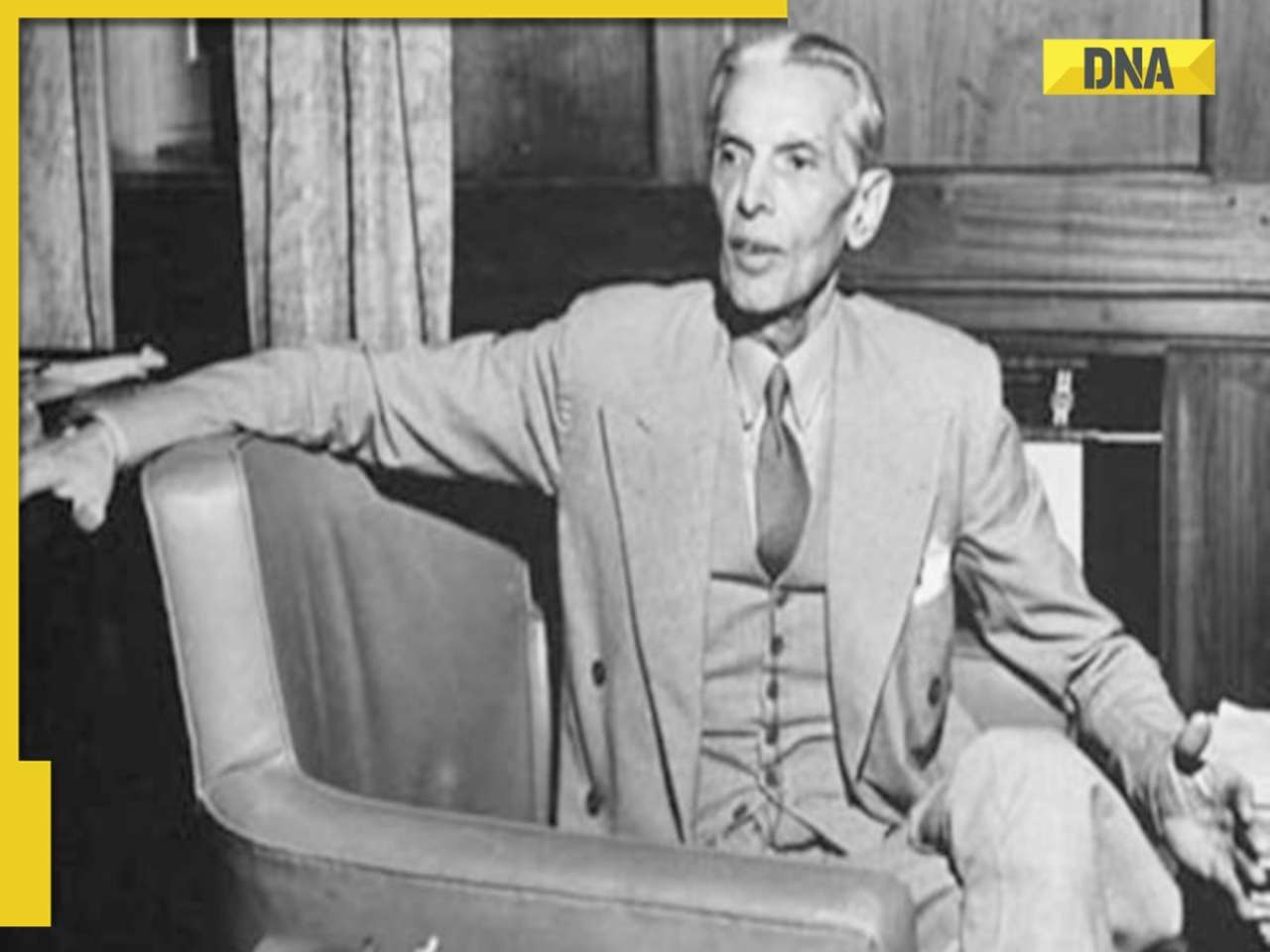 Jinnah wanted THIS Muslim man to be first Finance Minister of Pakistan, he refused, his son is on Forbes list of billionaires
Jinnah wanted THIS Muslim man to be first Finance Minister of Pakistan, he refused, his son is on Forbes list of billionaires After India-UK FTA, New Delhi to begin talks with THIS country, because...
After India-UK FTA, New Delhi to begin talks with THIS country, because... Remember Taarak Mehta Ka Ooltah Chashmah's Gogi aka Samay Shah? See how he looks now
Remember Taarak Mehta Ka Ooltah Chashmah's Gogi aka Samay Shah? See how he looks now Raksha Bandhan 2025: 5 Bollywood films to binge watch with your siblings
Raksha Bandhan 2025: 5 Bollywood films to binge watch with your siblings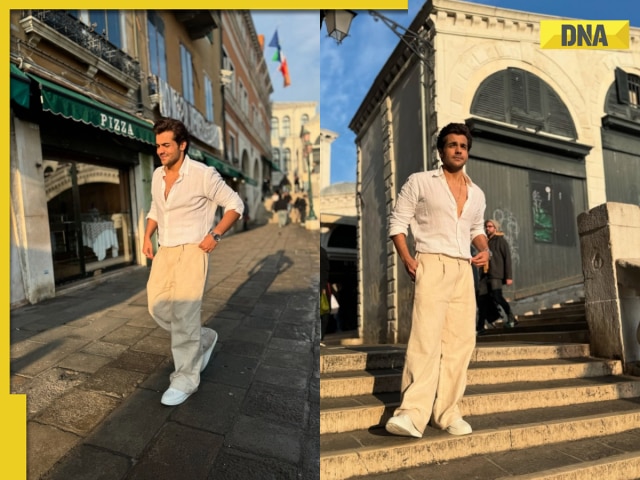 Ashish Chanchlani looks dashing as he drops latest photos from Italy, fans say 'Tom Cruise fail hai aapke saamne'
Ashish Chanchlani looks dashing as he drops latest photos from Italy, fans say 'Tom Cruise fail hai aapke saamne' Are these five vintage car museums in India a must-visit for every automobile lover?
Are these five vintage car museums in India a must-visit for every automobile lover? Riddhima Kapoor Sahni looks dreamy in pastel gold embroidered ensemble as she walks for Suneet Varma at IWC 2025; SEE PICS
Riddhima Kapoor Sahni looks dreamy in pastel gold embroidered ensemble as she walks for Suneet Varma at IWC 2025; SEE PICS Good news for Railway passengers! Indian Railways rolls out new ticket booking rules for...
Good news for Railway passengers! Indian Railways rolls out new ticket booking rules for... BIG Update on Noida's Jewar International Airport Expansion: 4600 families, 7 schools affected as government to acquire...
BIG Update on Noida's Jewar International Airport Expansion: 4600 families, 7 schools affected as government to acquire... Kargil War Diwas: What is Operation Safed Sagar? When India dominated Pakistan with its air power during Kargil War on May 26
Kargil War Diwas: What is Operation Safed Sagar? When India dominated Pakistan with its air power during Kargil War on May 26 Big Boost for Ghaziabad: DMRC plans 4 metro corridors, Gokulpuri-Hindon Airport link proposed
Big Boost for Ghaziabad: DMRC plans 4 metro corridors, Gokulpuri-Hindon Airport link proposed Maharashtra monsoon: IMD issues red alert in six districts, traffic chaos in Mumbai amid heavy rain; school, colleges shut in...
Maharashtra monsoon: IMD issues red alert in six districts, traffic chaos in Mumbai amid heavy rain; school, colleges shut in... Meet IPS officer, DU grad, who cracked UPSC exam in her third attempt, secured 992 out of 2025 marks with AIR..., now married to IAS...
Meet IPS officer, DU grad, who cracked UPSC exam in her third attempt, secured 992 out of 2025 marks with AIR..., now married to IAS... Meet woman, who studied MBBS, later cracked UPSC with AIR..., became popular IAS officer for these reasons, shares similarities with IAS Tina Dabi, she is from...
Meet woman, who studied MBBS, later cracked UPSC with AIR..., became popular IAS officer for these reasons, shares similarities with IAS Tina Dabi, she is from... Meet Nilufa Yasmine, who topped UGC NET June exam, failed twice before scoring a perfect 100, she is from...
Meet Nilufa Yasmine, who topped UGC NET June exam, failed twice before scoring a perfect 100, she is from... Meet woman, daughter of vegetable vendor who cracked UPSC, her mother mortgaged gold for her education, her AIR is…
Meet woman, daughter of vegetable vendor who cracked UPSC, her mother mortgaged gold for her education, her AIR is… Meet woman, who cracked IIT with full-time job, secured impressive AIR of...; now works at Bill Gates' Microsoft as...
Meet woman, who cracked IIT with full-time job, secured impressive AIR of...; now works at Bill Gates' Microsoft as... Maruti Suzuki's e Vitara set to debut electric market at Rs..., with range of over 500 km, to launch on...
Maruti Suzuki's e Vitara set to debut electric market at Rs..., with range of over 500 km, to launch on...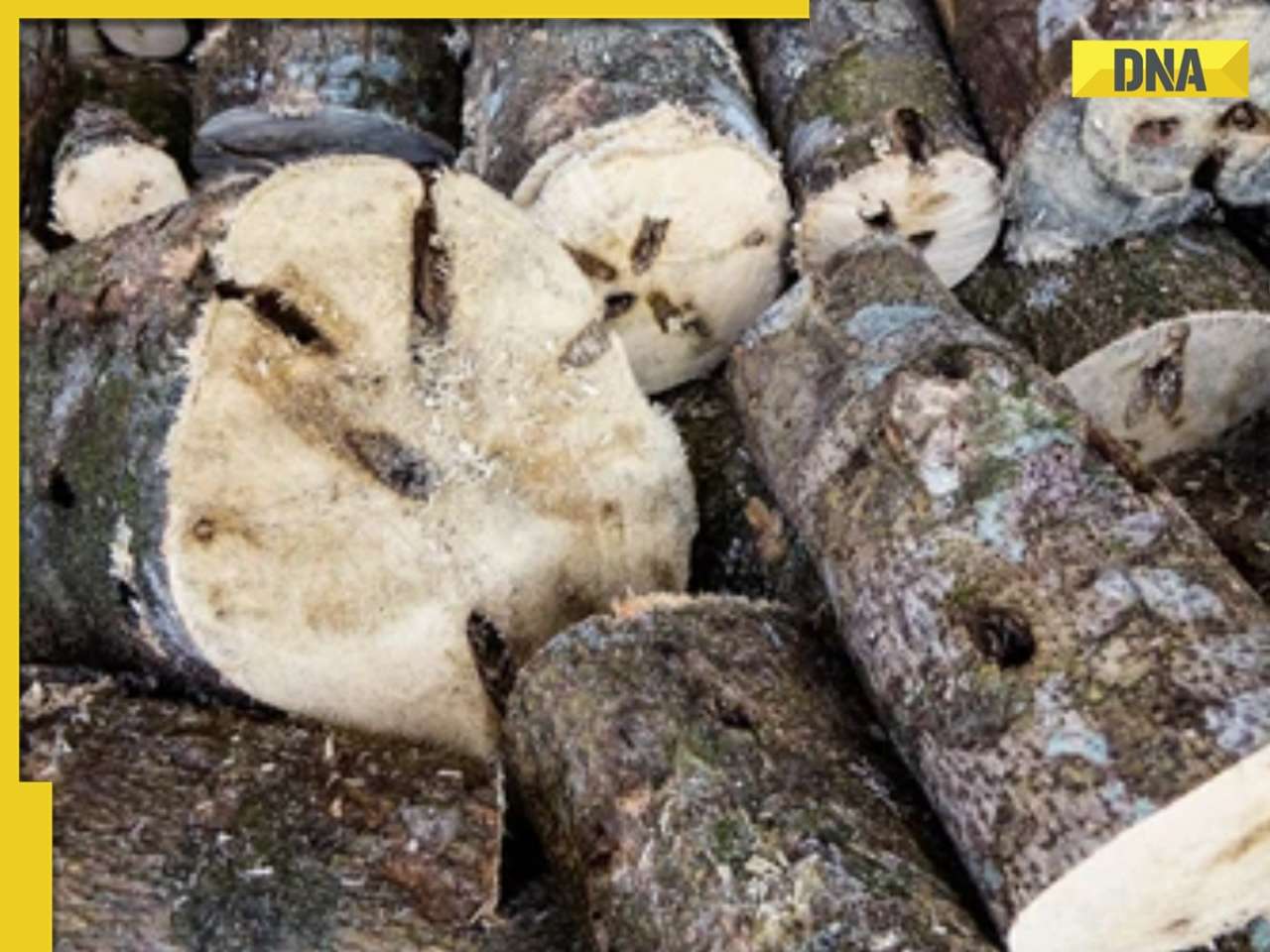 This is world’s most expensive wood, cost of 1kg wood is more than gold, its name is..., is found in...
This is world’s most expensive wood, cost of 1kg wood is more than gold, its name is..., is found in... This luxury car is first choice of Indians, even left BMW, Jaguar, Audi behind in sales, it is...
This luxury car is first choice of Indians, even left BMW, Jaguar, Audi behind in sales, it is... Kia India unveils Carens Clavis: Check features, design changes, price and more; bookings open on...
Kia India unveils Carens Clavis: Check features, design changes, price and more; bookings open on... Tesla CEO Elon Musk launches most affordable Cybertruck, but it costs Rs 830000 more than older version, it is worth Rs...
Tesla CEO Elon Musk launches most affordable Cybertruck, but it costs Rs 830000 more than older version, it is worth Rs...





)
)
)
)
)
)
)
)
)
)
)
)
)
)
)
)












